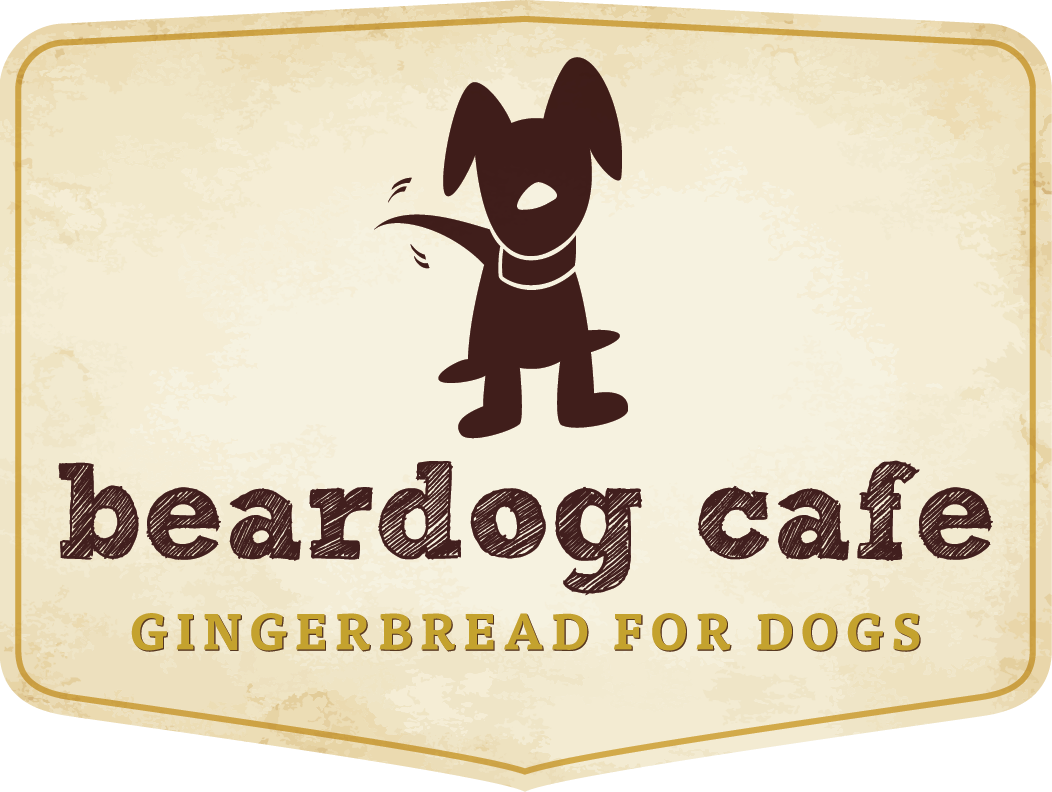Raw pet food is thought by some to be the gold standard in pet nutrition, and just like kibble raw diet recipes are as complex to formulate. If you feed your dog raw or are considering feeding your dog raw, you’ll want to read this article to help you determine what to look for in a healthy, well-balanced meal that won’t just feed your pet but nourish your pet. Cause let’s be honest, we eat fast food and call it a meal, but is it nutritious? The same goes for pet food. There are two versions of meals: feed and nutrition.
In Canada, there are about the same number of households with cats as there are dogs, and the average cost for annual care – including dental, pet food and dental insurance – is $2,075 per cat, and $3,075 per dog. With that in mind, it’s no wonder more and more pet parents are seeking optimal pet nutrition, including premium kibble and raw diets, as preventative health measures.
There are two ways to feed our dog a raw diet: the wrong way and the right way. It’s that simple. The wrong way – albeit well-intentioned – consists of purchasing a steak or chicken from the grocery store or butcher and feeding it to your dog. Voila. Done. Healthy pet, right? Wrong. This is an unbalanced meal.
Pet health is reliant on gut health. Meat alone does not provide the complete set of vitamins, minerals and pre-biotics needed by your pet to develop healthy hearts, bones, and connective tissues.
“Studies have found low calcium, low phosphorus, excessive vitamin A and excessive vitamin D in raw diets, amongst other imbalances. -AVMA”
Unbalanced pet foods can cause health complications in dogs over time. When selecting raw diets for your pet, look for these red flags to avoid diet imbalances.
Meat Quality. Choose lean meat, with fat content between 2-13 percent, more than this and it may be made exclusively from trim.
Organs. Look for whole animal recipes to ensure organs are added to the blend. Heart meat is muscle meat, while liver and kidney contain trace minerals and vitamin A in their natural form.
Bone Content. A balance of meat and bone is important. Too much bone content and your pet’s stools could be dry, hard, or even powdery and difficult to pass. Choose raw food companies that use whole animals to ensure the meat to bone ratio is naturally balanced, or choose recipes with a guaranteed analysis.
Fat Content. If the food feels greasy, or your dog’s stools are greasy (or is having diarrhea), add more muscle meat or change brands. Stay under 15% fat content unless you’re feeding duck, which is naturally high in fat even in its whole state.
Carbs and Veggies. Vegetables help regulate blood sugar and contain vitamins, minerals, enzymes, phytonutrients and antioxidants. The finer the grind, the better the absorption. Carbohydrates should also be added in small portions, but never grains in their raw form as they are not digestible.
Supplements. Choose recipes that contain whole food supplements such as, kelp, spirulina, apple cider vinegar and essential fatty acid oils. It’s best to add apple cider vinegar and essential fatty acids to get the most nutrient value from these sources.
If you’re composing your dog’s raw meals at home and this all seems too complex, there are two solutions to choose from. Purchase Sojos Mix-a-Meal Fruit & Veggie Recipe. Just add water and the protein of your choice and you’ll have a well-rounded meal. Or, purchase a reputable commercial raw food, such as NatuRAWls, Stella & Chewy’s or Instinct.
And remember, a healthy pet is a happy pet.

